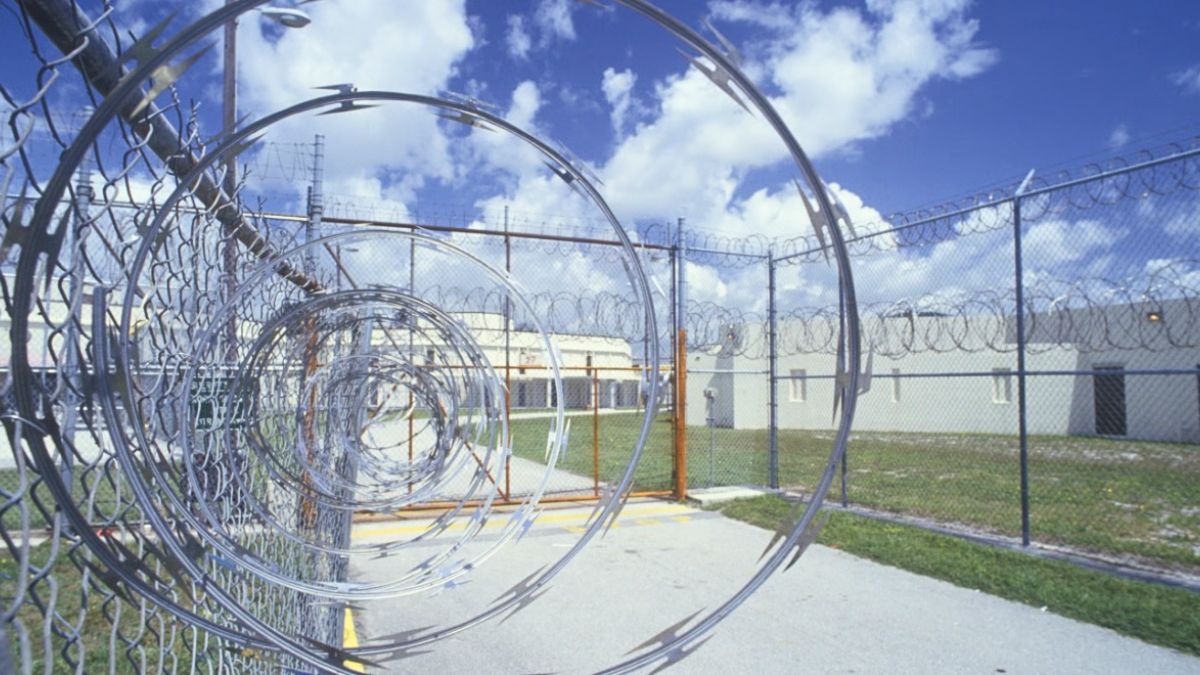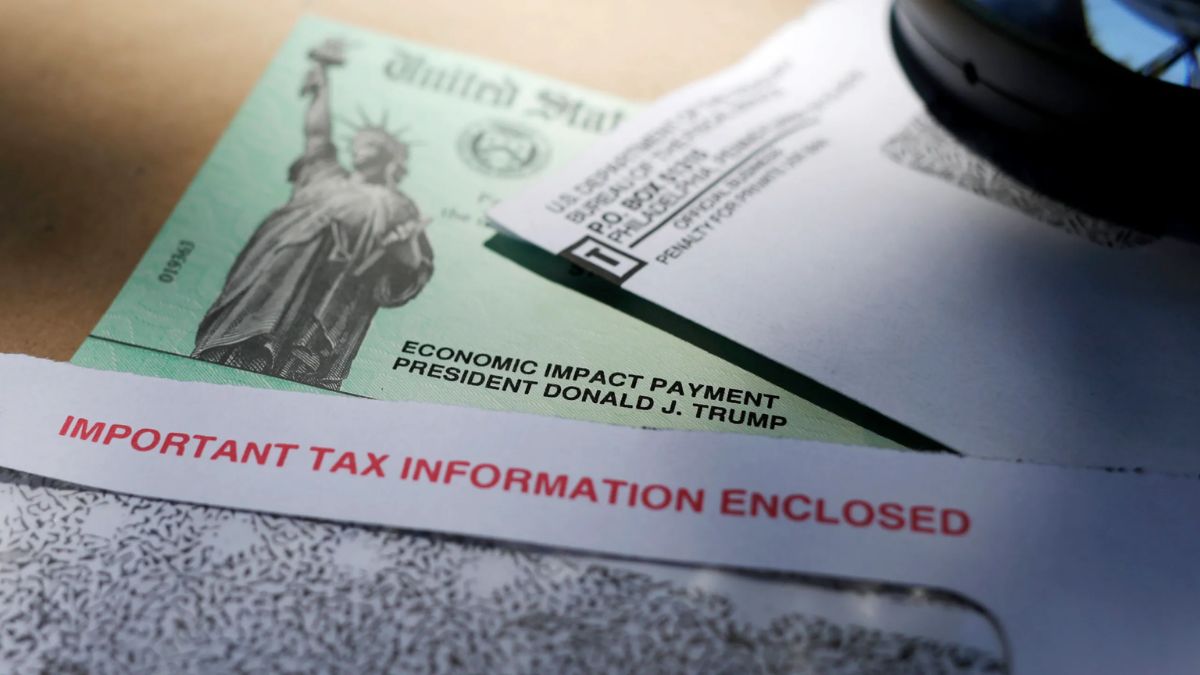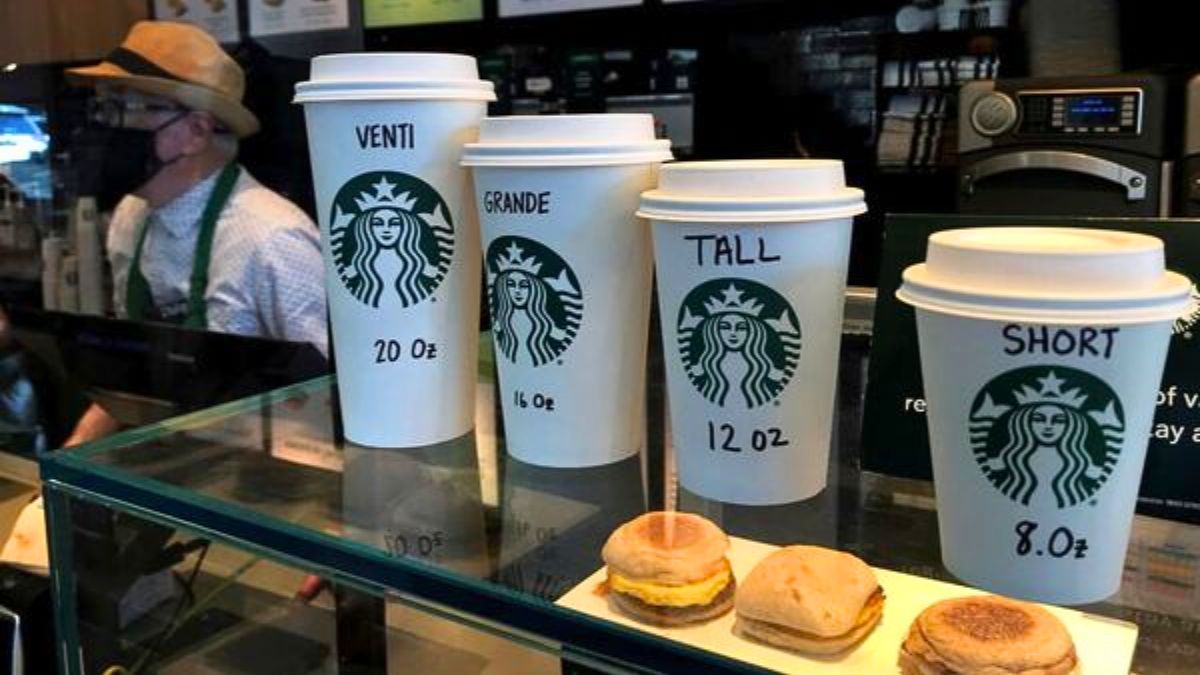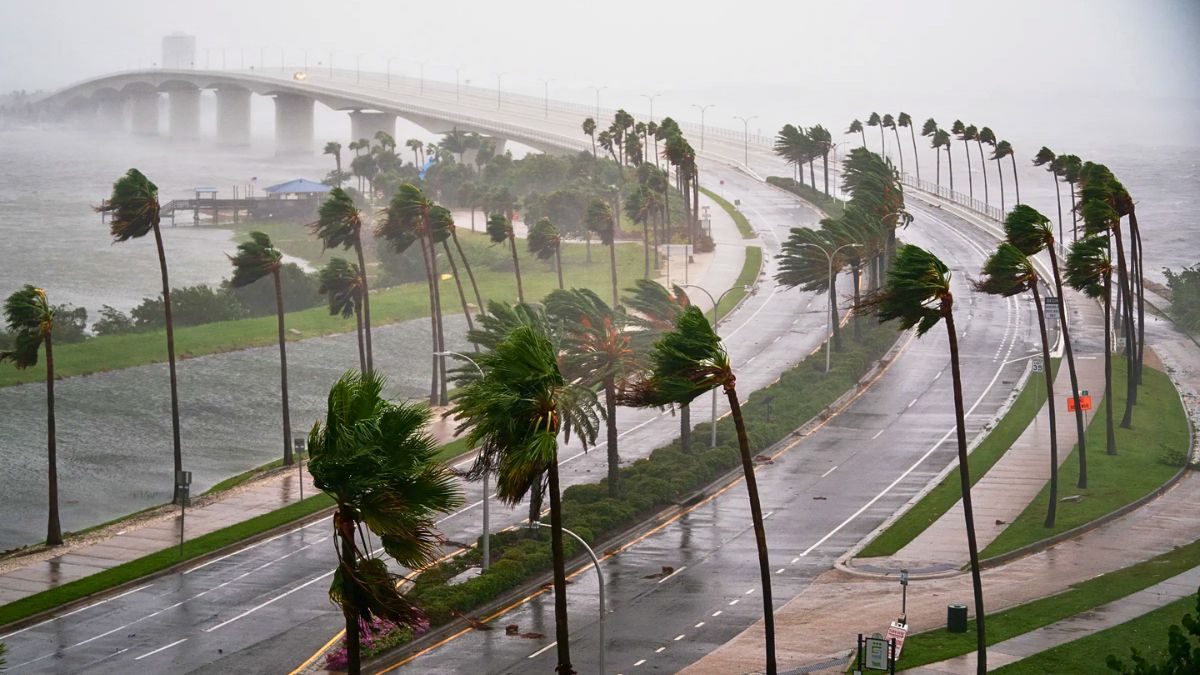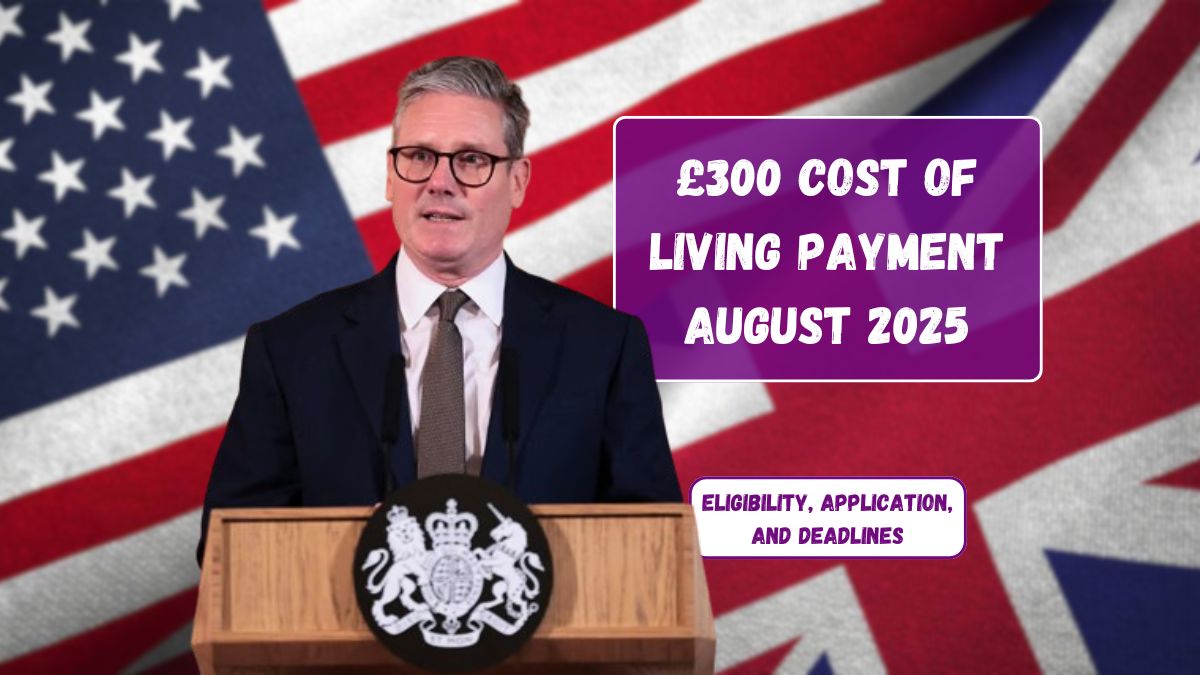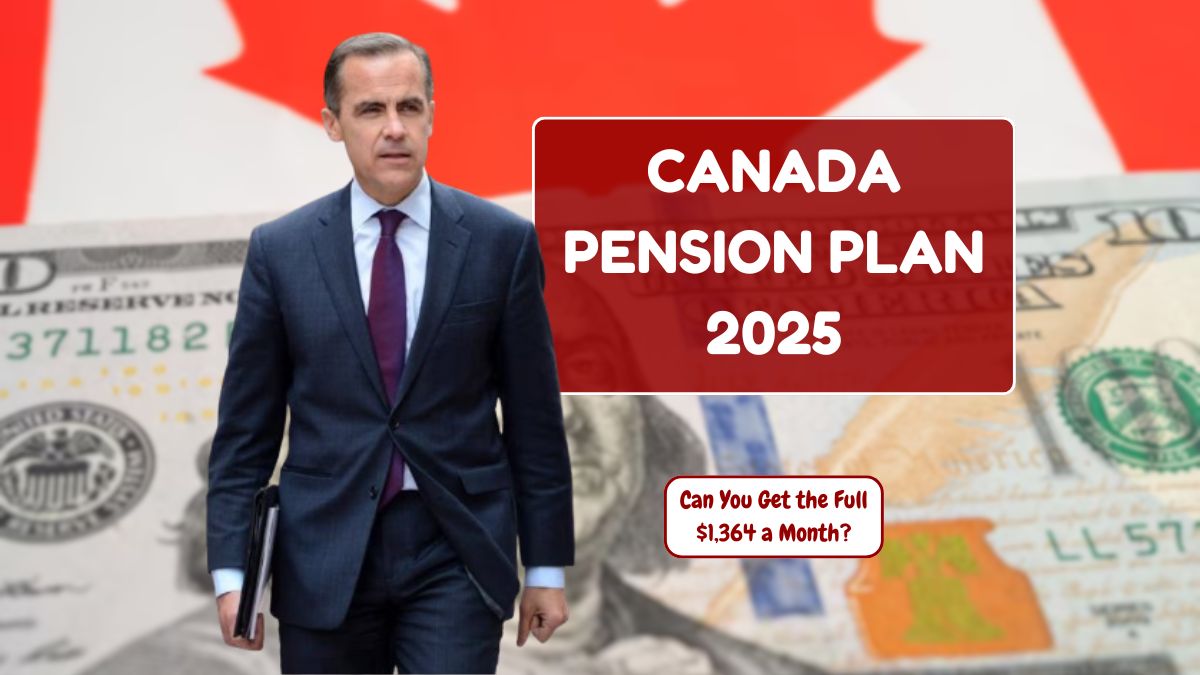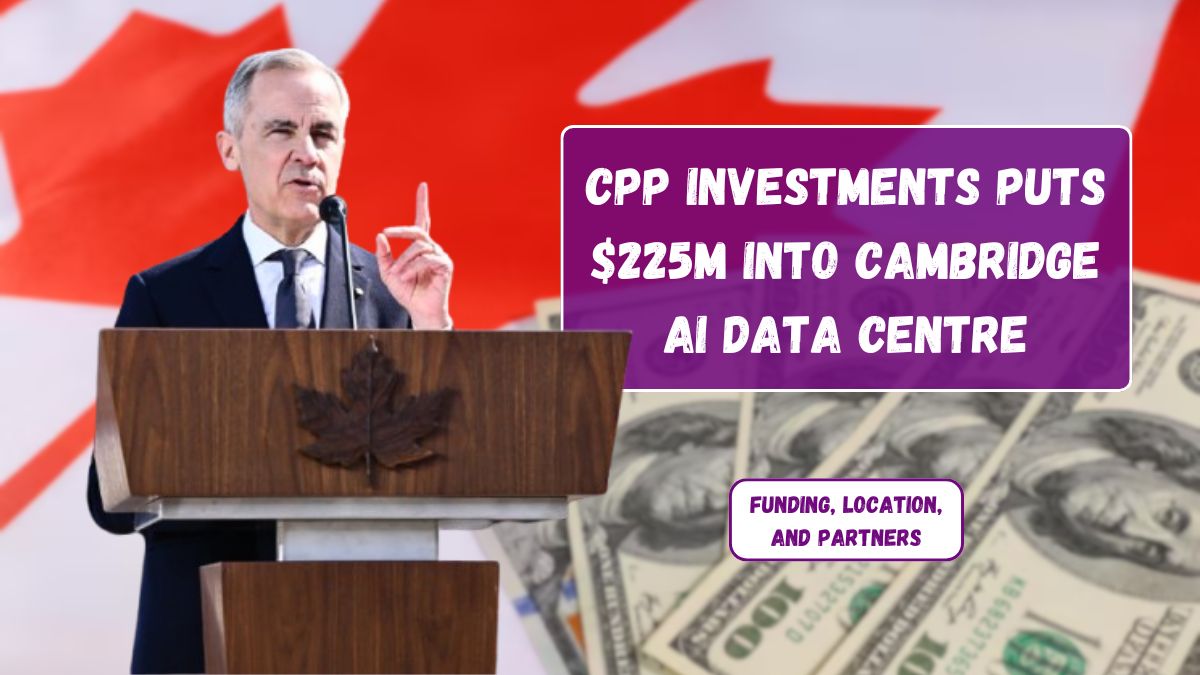In a world where inflation, tariffs, and potential tax hikes dominate headlines, you’d expect household spending to take a nosedive. But it hasn’t. In fact, Americans are still spending at a pretty steady clip—and no, it’s not magic. It’s strategy. Behind the scenes, millions of households are simply being smarter about where they park their money.
Resilience
You’ve probably heard the word “resilience” thrown around to describe U.S. consumers. But here’s what that actually looks like: even as checking accounts appear drained, people haven’t stopped spending. They’ve just started moving their cash into smarter places—like money market funds, certificates of deposit (CDs), and brokerage accounts that actually earn interest.
So while it might look like bank balances are low, the truth is, that money hasn’t disappeared. It’s just been relocated.
Strategy
Traditional savings accounts? Not cutting it anymore. With interest rates still elevated, savvy savers are jumping ship. The JPMorgan Chase Institute recently dug into the numbers—analyzing data from 4.7 million U.S. households—and found that Americans across all income levels are redirecting their savings toward higher-yield alternatives.
It’s a clear shift: instead of letting inflation eat away at stagnant savings, more people are leveraging higher-interest products to protect their financial future.
Movement
Even lower-income families are getting in on the action. Those earning less than $35,000 annually increased their total balances by about 5% to 6%. Sure, that still only brings their average balance to a little over $1,000, but it’s a step in the right direction.
Meanwhile, top-income households—those in the upper quartile—are sitting on median balances of over $8,000. The gap is wide, yes, but the movement in lower brackets shows that financial behavior is evolving at every level.
Here’s a quick look:
| Income Bracket | Average Balance | Growth in Balances |
|---|---|---|
| Under $35,000 | ~$1,000 | 5% – 6% |
| Upper-Income Quartile | $8,000+ | Higher base value |
Insight
Chris Wheat, president of the JPMorgan Chase Institute, summed it up well. For a while, it didn’t make sense—how could Americans keep spending so strongly if their bank accounts were running low?
Well, now it does. People are sidestepping the old rules and building financial buffers outside of the standard bank account model. Essentially, they’re still saving—but in ways that make their money work for them.
Inequality
The not-so-great news? Inequality remains a dominant theme. While everyone seems to be shifting their savings strategy, those with more income naturally have more to invest and more access to high-yield opportunities. So yes, the gap persists.
But at least now there’s broader awareness. People are waking up to the fact that the usual way—just leaving money in a no-interest account—isn’t going to cut it anymore.
Shift
So, is this a long-term trend or just a quick fix? That part’s unclear. But one thing is certain: Americans are paying closer attention to how and where their money lives. Whether they’re investing, saving in money market funds, or locking into CDs, there’s a shift in behavior that’s hard to ignore.
And that change could reshape how banks, policymakers, and even consumers themselves think about money management moving forward.
The bottom line? Traditional savings accounts are being left in the dust. People are adapting, finding returns where they can, and building new strategies to maintain spending power without sacrificing financial stability. It’s not just about saving anymore—it’s about smart saving.
FAQs
Why are checking accounts low?
Because people are moving money to higher-yield accounts.
Where are people putting their money?
In money market funds, CDs, and brokerage accounts.
Is this shift happening across incomes?
Yes, across all brackets, though amounts vary.
Are lower-income families saving more?
Yes, they’ve increased balances by 5% to 6%.
Is traditional saving becoming obsolete?
Yes, it’s being replaced by smarter alternatives.





